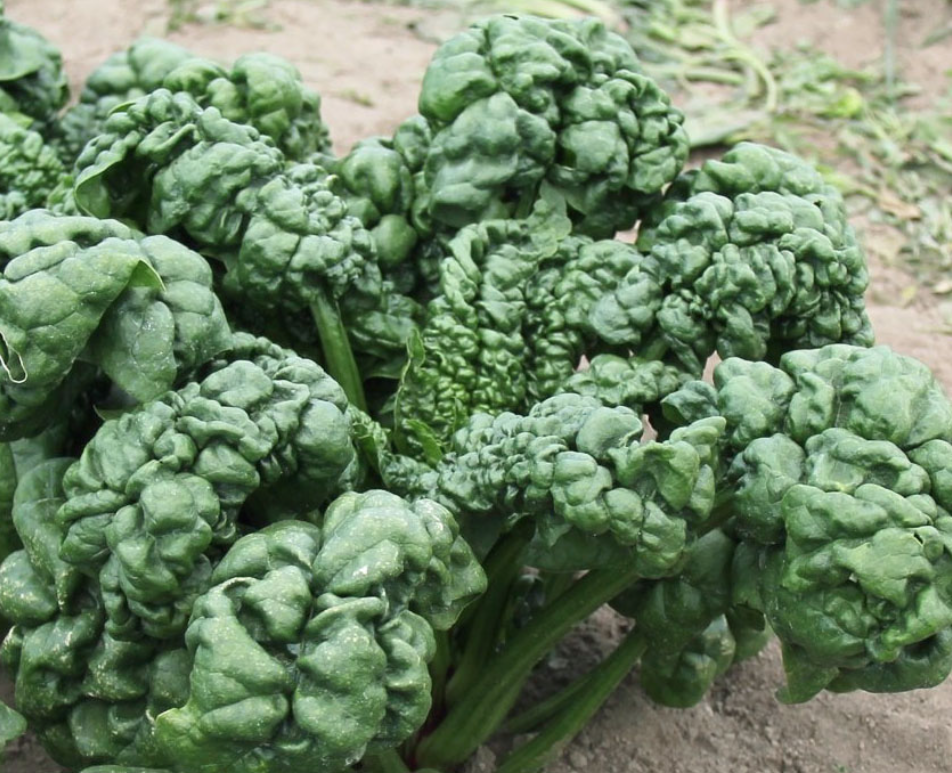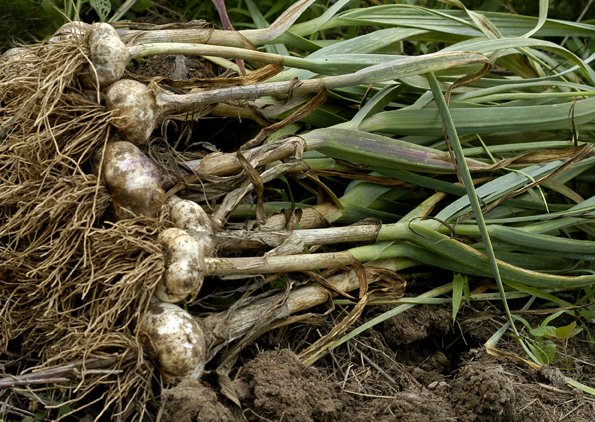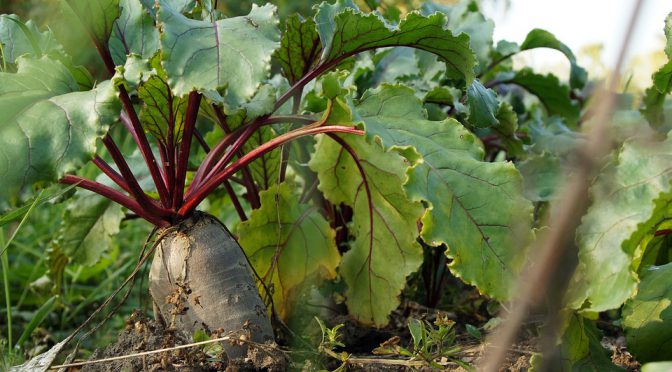We’re starting to have some cooler nights and the hours of sunlight our getting shorter. Though the days are still hot it’s time to start thinking about a number of fall chores in the garden.
Preserving Your Harvest
August and September are abundant times in the garden. Especially if you’re a new gardener, this season can be a bit overwhelming. Aiming to spend a bit of time 2-3 days a week will be well worth the effort this winter. Here are some recourses to help you put up your harvest:
Canning
Drying
- Drying Beans: Seed to Storage
- Harvesting, Drying, & Eating Popcorn
- How to Properly Harvest & Preserve Herbs
Fermenting
- Farm Ferments: Swiss Chard Kimchi
- The Power of Fermented Foods: Making Sauerkraut
- Easy Fermented Cucumber Pickles
- Fermenting Vegetables
Winter Squash, Pumpkins, Potatoes, Sweet Potatoes
Miscellaneous/Multiple
- Extend Your Pepper Season and Preserve Peppers
- Fall Harvest: 5 Ways to Use Green Tomatoes
- Preserving Leafy Greens
- Quick Pickled Dilly Snap Peas
- Processing Flour Corn at Home
- How to Store Crops Without a Root Cellar
- Zucchini Abundance: 10 Great Ways to Use It
- 5 Ways to Use and Preserve Herbs this Summer
- 10 Easy Ways to Use Cucumbers
- Pumpkin Butter
Planting Root Crops
In most of the Southeast, there’s still time to sneak in a few fall root crops. Crops like carrots, turnips, radishes, beets, and rutabagas are a great way to get a bit more out of your garden.
Our friend, Pam Dawling, wrote a great, informative post about growing fall root crops for the SESE blog: SESE Candy Carrots and Sweet Roots.
Set Up Season Extenders
Season extenders are a simple way to keep your garden growing longer. Depending upon what you choose to create you may even be able to overwinter some crops. Check out Easy Season Extension for Fall and Easy, Affordable Hoop House Options.

Sow Fall Greens
Greens are the the workhorses of the winter garden and with a bit of protection can provide you with fresh food through the winter. Sow some this fall!
- Last Chance Sowings
- Fresh Greens to Harvest from Fall through Winter
- Grow Your Own Baby Greens Mix
- Tips for Growing Awesome Fall Greens
Test Your Soil
Get ahead for next season by having your soil tested now. You’ll find out what’s lacking in your soil and be able to make amendments and grow cover crops through the fall, winter, and early spring to make sure your soil is ready for next year. Check out our post, Understanding Soil Tests to learn more.
Save Seed
Saving seed is a great way to take your gardening experience to the next level. It’s an opportunity to begin adapting a variety to your local climate, be a little more self sufficient, and help preserve genetic diversity.
- Seed Saving for Beginners
- Seed Saving from Biennial Crops
- Saving Lettuce Seed
- Seed Saving: Selecting Plant Characteristics
- Seeds: Tips for Storing, Testing, & Saving
- Fall Reads: Five Books on Seed Saving
- Garden Planning for Seed Saving
Plant Cover Crops
Fall is the perfect time to improve your soil’s health. Fall cover crops add nutrients to the soil and protect it from erosion during the winter and spring.
- Cover Crops for Great Green Manure, Mulch, and More
- Fall Cover Crops & Their Importance
- Austrian Winter Peas

Prepare for Garlic and Perennial Onions
Later in the fall it will be time to plant garlic, perennial onions, and shallots so place your orders! While you may not be planting them quite yet, it’s also a great time to begin prepping beds. Add and inch or two of compost and fork the soil to loosen it before planting. You’ll also want to have some mulch on hand for after you plant.
- Beginners Guide to Growing Great Garlic, Perennial Onions, & Shallots
- 8 Tips to Help Your Garlic Thrive
- Time to Order Garlic and Perennial Onions: How to Pick Which to Grow in Your Garden
- Winter Storage: Garlic & Perennial Onions
Fall Sow Flowers
When you think about fall gardening your probably think about vegetables but did you know you can also fall sow flowers? Check out Fall-Sown Flowers for Spring Blooms for ideas.
Get Your Compost Pile Ready for Winter
Making your own compost is a great way to improve your soil without spending a lot of money and reduce your family’s waste. Even if you’re new to composting, you can use the winter to start creating compost for next season.
Take Notes
After a long winter it can be hard to remember the details of last year’s garden. Take note of things like your favorite varieties this year and what was planted where. This will make planning next year’s garden much easier.

